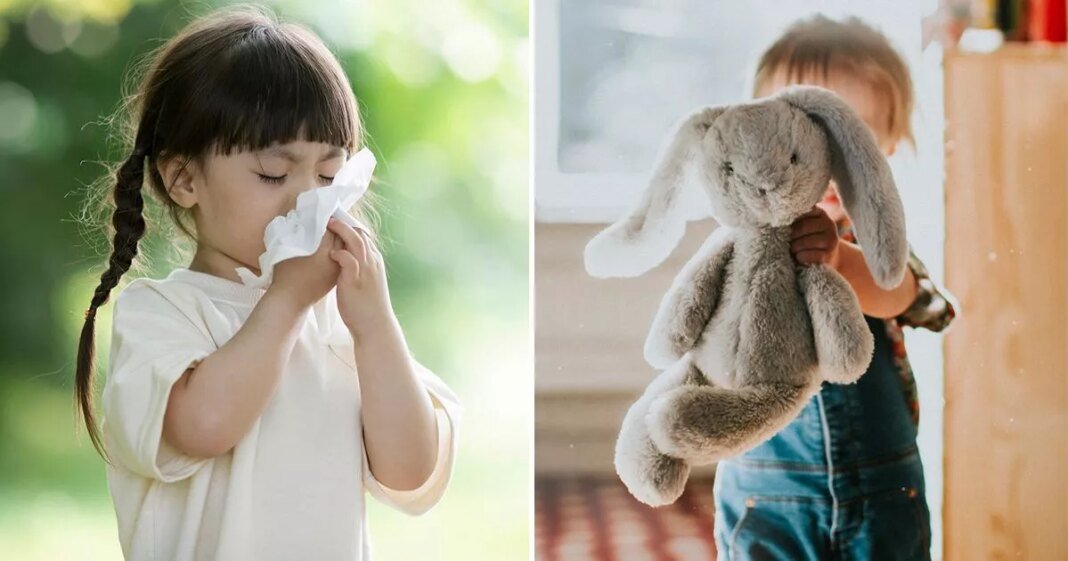As we enter the peak season for hay fever, approximately one in ten children are impacted by allergic reactions to pollen. The initial surge typically occurs between March and May due to the blooming of trees like hazel and birch. Symptoms commonly include frequent sneezing, a runny or congested nose, and irritated, red, swollen, or watery eyes. Fortunately, expert guidance is available from prominent GP Dr. Roger Henderson, who serves as a spokesperson for the natural decongestant Olbas.
Dr. Henderson emphasized that young children, whose immune systems are still developing, may require special attention and may respond differently to treatments than adults. For children suffering from hay fever, he advises strategies such as using a cool compress to alleviate eye irritation and applying a thin layer of petroleum jelly inside the nostrils to prevent pollen from entering the nasal passages, particularly beneficial for kids who spend a lot of time outdoors.
When preparing children for school, the doctor suggests creating a compact “allergy relief kit” containing essentials like tissues, wipes, and a saline spray. Additional recommendations include wearing sunglasses and a hat outdoors, practicing regular hand hygiene to remove pollen residue, checking daily pollen forecasts, and ensuring thorough cleanliness before bedtime to eliminate lingering pollen.
For indoor-oriented children, allergens can still be present in their living spaces. Dr. Henderson recommends employing an air purifier to filter out pollen from the air, wiping down furniture and soft toys with damp cloths, and washing stuffed animals frequently to rid them of pollen and dust.
As warmer weather intensifies, hay fever symptoms are expected to persist until the end of summer. About one in five adults are affected, with a key distinguishing feature being the impact on the eyes, often becoming itchy and watery. The Olbas team offers advice to adults to alleviate symptoms, including limiting outdoor exposure during high pollen counts, maintaining closed doors and windows to prevent pollen intrusion, showering and washing hair after outdoor activities, removing triggering plants, using petroleum jelly in nostrils, regular house cleaning with proper precautions, and utilizing decongestant oils to relieve nasal congestion due to hay fever.

